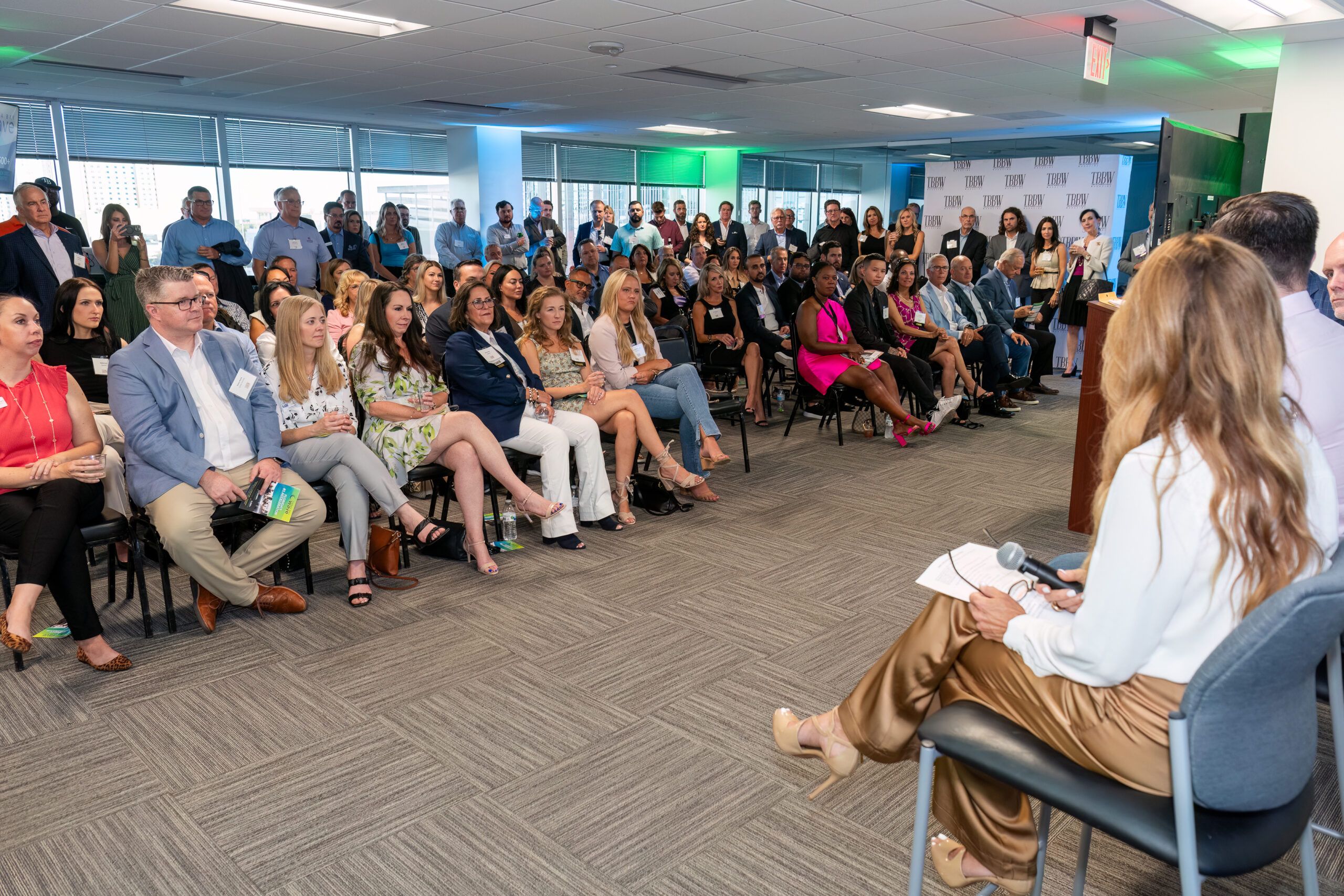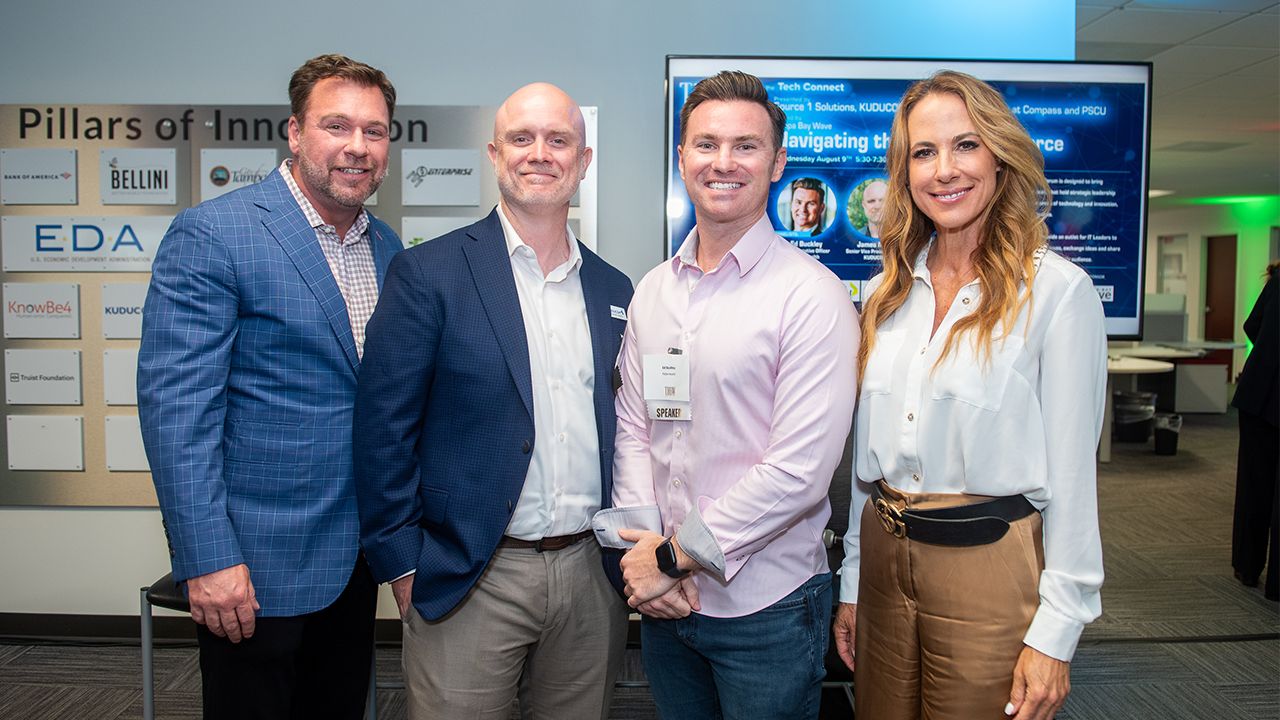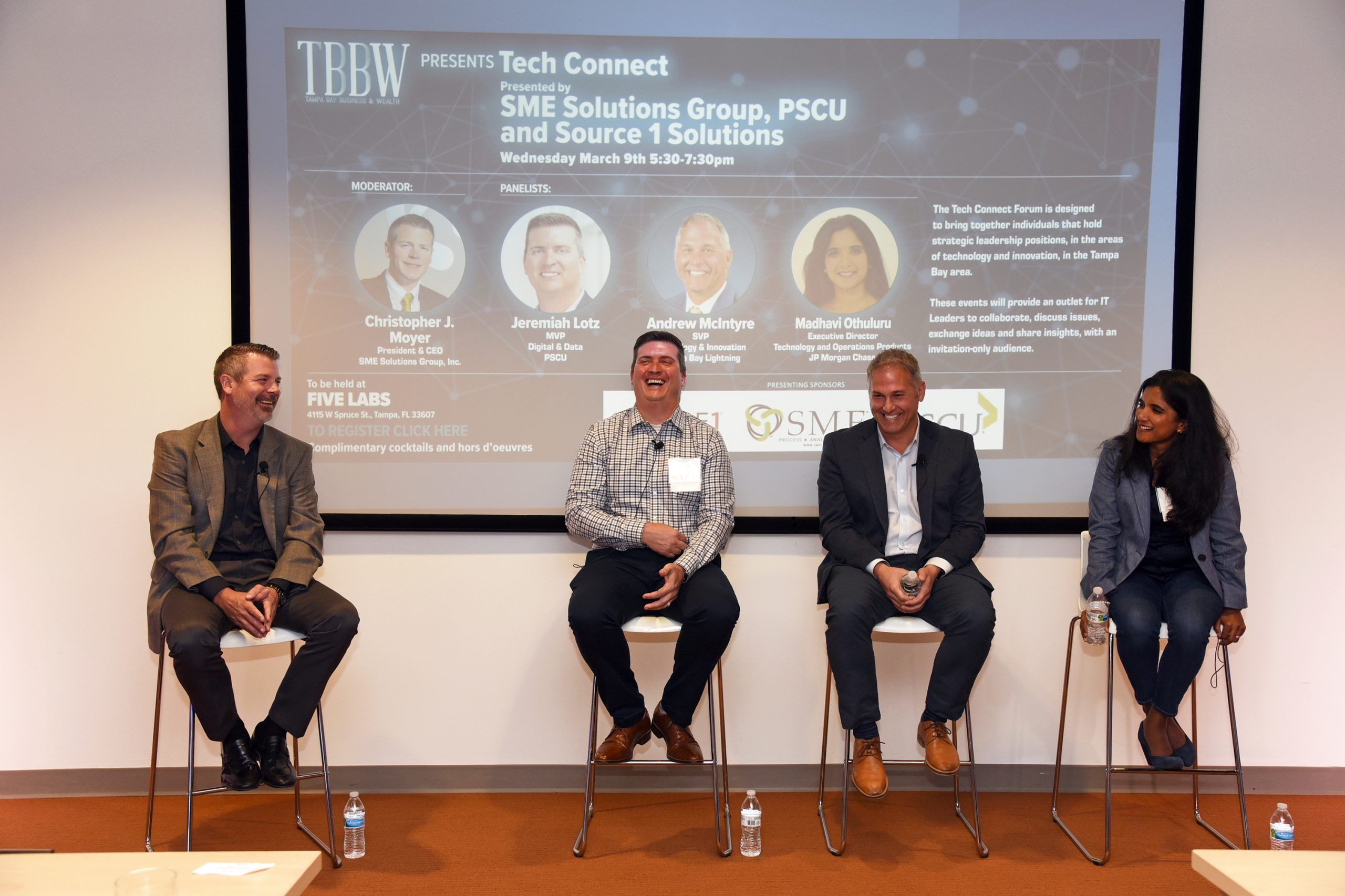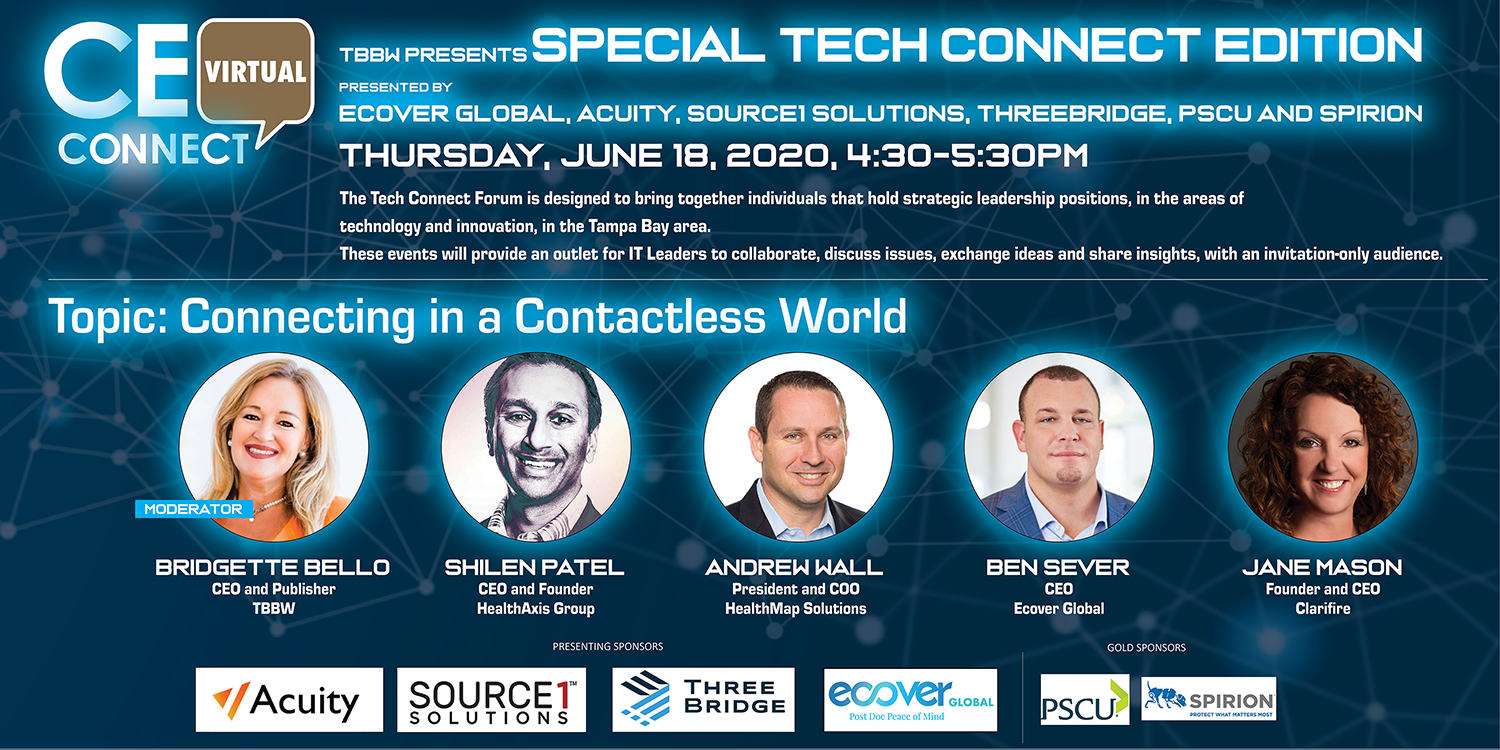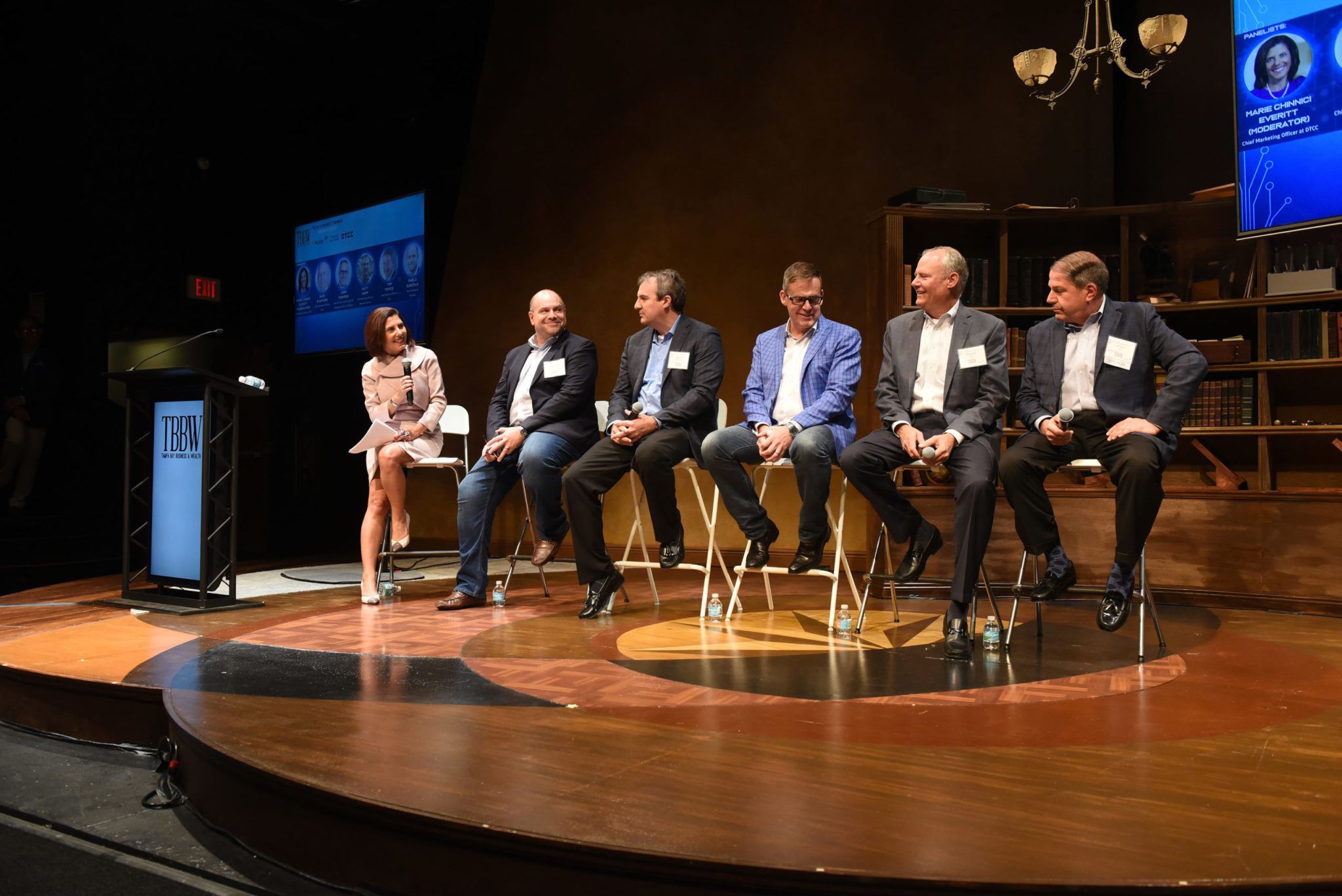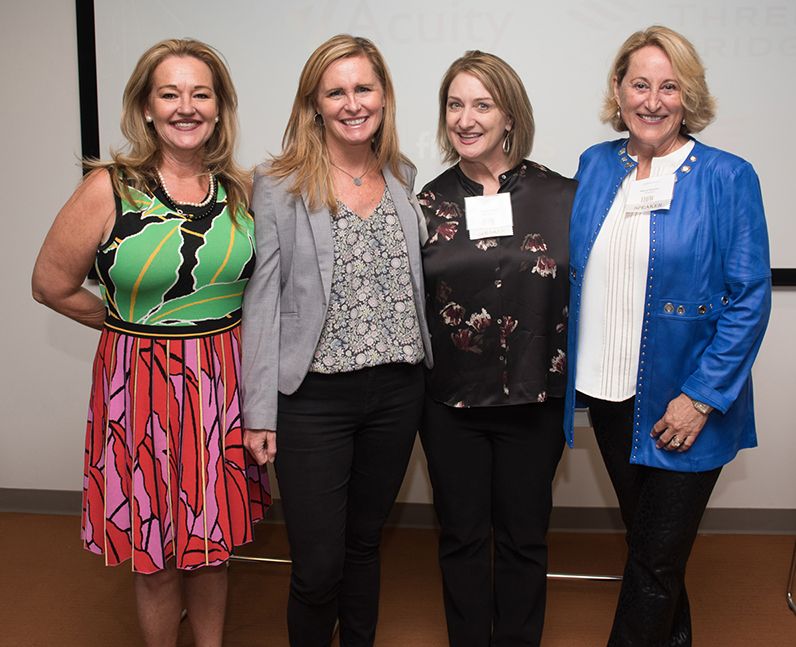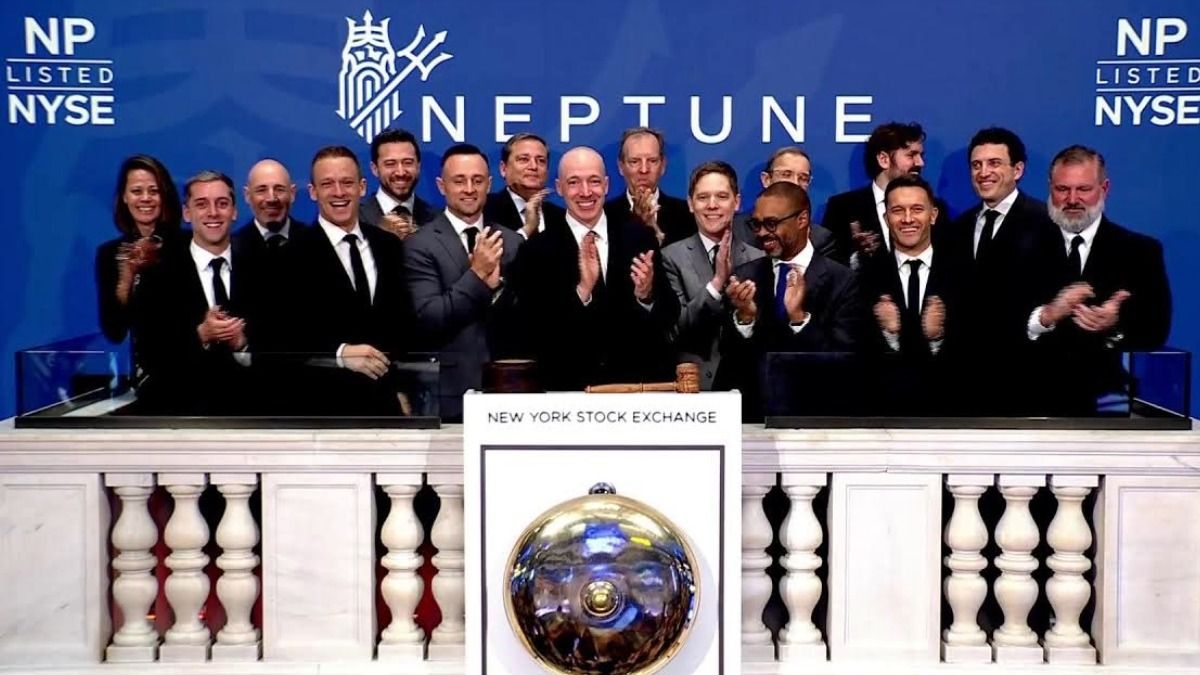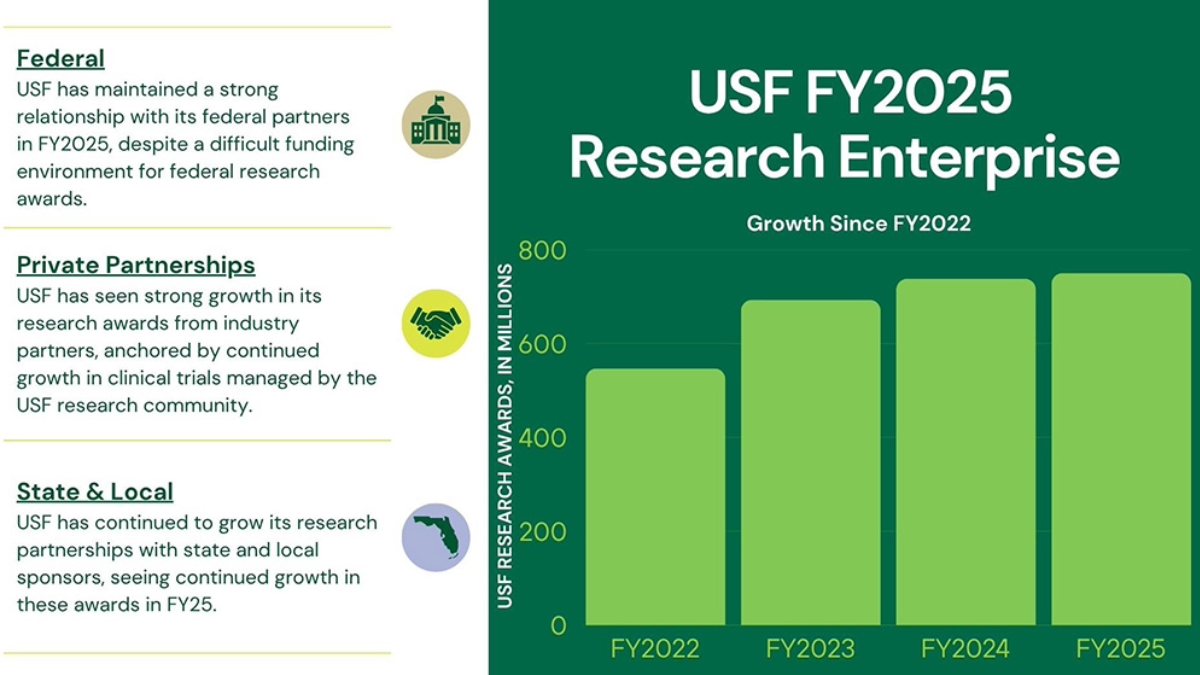Tampa Bay Business and Wealth held a Tech Connect: Taking the fear out of artificial intelligence, presented by KUDUCOM, Source 1 Solutions and SME Solutions Group. The event was held at Five Labs, in Tampa.
The moderator for the panel was Christopher Moyer, founder, president and chief executive officer of SME Solutions Group. This discussion has been edited for length and brevity.
Panelists:
Vladimir Jovanovic, Vice President of Innovation, PSCU
Marlee Strawn, Head of Education, Scholar Education
Ora Tanner, Founder & CEO, Black Unicorn Education
John Toner, Vice President of AI, Bake More Pies
Chris Moyer: Since AI has surged, in the past year or so, it seems like it is evolving at an incredibly fast pace. What are you doing to stay knowledgeable on the recent advancements and updates?
Marlee Strawn: Right now, I am overseeing the development of an AI platform. There really aren’t any experts in AI right now and if they are experts, they’re really just a couple year old experts. What I’ve had to do is become the expert. I constantly have my earbuds in. I’m constantly listening to podcasts about AI. I make calendar reminders for every single webinar that I can potentially find on LinkedIn. If I attend a webinar and learn one thing to take back to my company, I take that as a win. Essentially, I’ve immersed myself in a community of people who are building things similar to me. I also stalk my competitors and I see what are they doing, good, bad or ugly, and how does it compare to what I’m building and developing? But I am a firm believer of never relying on anybody for your professional development.
Moyer: Can you share some real world examples of how businesses are using generative AI and large language models to transform their operations and gain a competitive edge?
Toner: The technology for large language models is only about two years old, at least for what we’ve been using with open AI technology. There are three key areas, I think, where it has been affecting businesses, currently. That would be customer service, software development and content generation. Customer service is the large language model. It has your entire backlog of products, it knows your products through and through, it knows your common customer complaints, common customer resolutions and it can operate 24/7, for pennies an hour. That’s where most of our customers, currently, have found a lot of value.
There’s software development, where developers go in [to a program], start typing and it auto-fills to help the developers develop applications. In the very near future, there’s going to be software developers that are entirely AI. There’s a solution there, already, called DevOn AI, which is an AI tool that has access to a terminal as well as a web browser and it can actually help troubleshoot issues that come across while developing software.
Additionally, there is content creation. Media companies, and writers, have already been impacted by this. I’m sure you guys heard about the writer strike. That was essentially because large language models can now do the job of the entire writer’s room with a simple prompt. And that has had a huge impact in the industry as well as with the content generation. You can have an image, audio and, very soon, video generation with just a simple prompt.
For data analysis, there are industries, like finance or medical, where getting the details right is extremely important. And a large language model can analyze 750,000 words, instantly, and provide you with the exact details from the analysis. And that’s just the start. Where it’s going to go from here is going to be exponentially increasing and there’s going to be levels built on top of these large language models called agents.
One thing I would recommend everyone here uses is a software called Perplexity. It’s basically an agent that replaces Google. So you ask it a question, it asks you questions back to clarify, it’ll search 20 different websites and then provide you a concise answer.
Moyer: Vlad, how did you get started down the AI path?
Jovanovic: We started down this path about six years ago. We actually formed an AI governance council. We’re a pretty large enterprise, so we had a lot of different departments represented within that governance council. The mission, and vision, for that governance council was to bring scalable AI solutions to our company with the grand vision of having AI as a service to our clients. But first, we wanted to start internally.
As we started looking at what kind of tools we wanted to focus on, we realized that we needed to first focus on data because all those AI tools and platforms are really going to be very heavily reliant upon your data and your data sets. What we realized, at least for us, is that [human resources] had their own databases and data sets, finance had theirs, product management had theirs, but we did not have an owner of all of that data and it wasn’t in one place for an AI tool to be able to leverage it. We had to put some data governance in place to address who owns what data and then assign one owner to cross-reference it.
As we started talking more about AI, within our enterprise, people started asking questions like, “Are these tools going to replace us? If we have people that are crunching data, will this technology replace them? Are we not going to need those analysts?” AI really isn’t about displacing people, but it’s about creating efficiencies and then taking those resources and deploying them somewhere else to become even more efficient. I call it humanizing AI.
Moyer: What are your considerations for CEOs, as they move forward with integrating AI into their actual company operations?
Tanner: For CEOs, a part of what I do is educating. I did a lot of workshops in the Entrepreneur Collaborative Center, in Ybor, with CEOs and C-Suite individuals. I always like to focus when I teach not just on the technical aspects of artificial intelligence, but also the human dimension.
Research has found that CEOs, and C-Suite individuals, when they’re implementing AI, it’s more so out of fear because they don’t want their competitors to get ahead of them. One of the considerations that CEOs should make is really taking a step back and asking, “What is the value within this company and where can AI bring the most value?”
Moyer: Marlee, how are you addressing the fear that AI could potentially displace people in your organization or within the educational foundation?
Strawn: I would say education is probably the last industry to innovate, period. AI is a buzzword right now, in education, but there’s so much fear around it because of the worry that it is going to replace [people]. There are industries that have been using AI, including education, for many years. Education has been using a form of AI since I was in the classroom, 15 years ago. And that is where a student takes the test and, based on their answers to the test, a personalized learning pathway is suggested for that student. That is a form of AI. The fear is that it’s at the fingertips of the students and the teachers.
The most obvious use case for AI is in the medical field. Doctors have been using AI to help them become more accurate with their diagnoses. If you’re opening up your phone with Siri, you’re using AI. If you’re getting recommendations from Netflix, you’re using AI. We’re already doing it.
The hard reality is that AI will displace some jobs. It will also create jobs that we haven’t even thought of yet.
At Scholar Education, we’re using AI to support teachers to beat burnout, to help them support their students in ways that were never possible [before].
Moyer: John, looking ahead, what emerging AI technologies, or trends, do you believe are going to have the most significant impact and how should businesses prepare?
Toner: Soon we’re going to have what’s called agent solutions, which is software over top of large language model. My suggestion is to do trial and error. Try small pieces of your company, give it a shot, see what’s successful, see what’s not. But your competition is absolutely going to be trying [AI strategies] and they’re going to be successful. And if you’re not doing trial and error, you’re going to fall behind. It’s important to stay in front of the curve by just giving it a shot on almost every solution that you can find.
Moyer: Ora, where do you think we’re going to be three years from now, from an AI perspective?
Tanner: This will all be speculative, but I did want to touch on something you said as far as people, the fear of people being left behind. A study released in January said 90% of companies are, basically, what they would call ‘observers.’ So they haven’t really taken the step. They haven’t really done anything. They’re kind of just waiting and seeing.
Fear and anxiety are actually going up. But I think, eventually, we will see the reality of what the limits of AI really are. I would just expect to see more people using it. And I would also think we’d see more innovation and different groups using it in different ways.
Moyer: Vlad, can you share anything about the financial impacts that you guys have seen or productivity impacts?
Jovanovic: We started early on with robotic process automation and automating tasks, where people were sitting in front of their keyboards and just typing things away. AI isn’t here to just take your job but actually help you do your job better. What we’ve also seen is, as for a lot of the bankers in the room, fraud and risk management is huge in our business and humans, or even algorithms we can write today, cannot process the vast amount of data that AI or generative AI can.
Some of the tools that are deploying machine learning, for instance, we’re seeing those tools find fraud patterns that previously we didn’t even think of.
Moyer: As we wrap this up here, why do you think the phrase artificial is part of the AI aspect? What’s artificial about everything we’re saying?
Marlee: When I’m training teachers about AI, a lot of them don’t even know what AI is. So I start by defining it. So going to your question about why is it artificial? I think that goes to what its intended purpose is and the intended purpose is to try to emulate how a human thinks. I think when we all think of the word artificial, we think of something that’s not real. That it’s something that was designed to look real but isn’t real. And I think that’s the best way that you can think about chat GPT and gen AI. It is designed to think like a human and act like a human, but it’s not actually a human.
Jovanovic: At some point we’re going to have to define the results of what artificial intelligence produces versus what a human is producing. I think you’re starting to see, now, in some of the social media platforms, they’re marking posts that are generated by AI versus a human managing those posts. It will be important, in the future, to determine what is produced by a human or artificial intelligence.
Tanner: The people I follow say AI is neither artificial nor intelligent. And the reason why it’s not artificial is because it is made with very real resources. As far as the intelligent piece goes, when you really look at it, AI doesn’t know what it’s doing. It’s not real. It’s not thinking. It just has so much data. The predictive power of it is tremendous. When I teach about AI, that AI stands for ‘attempted intelligence,’ because it’s trying to be like us. Even though we call it artificial, it does have very real impacts. ♦
ABOUT ‘TECH CONNECT’
TBBW’s “TECH Connect” series is an exclusive, invitation-only, event that brings together the Tampa Bay area’s top business leaders to meet and mingle. KUDUCOM, Source 1 Solutions and SME Solutions Group were presenting sponsors. The host sponsor was Five Labs.
The evening begins with a cocktail reception for about 120 guests.
Partnering with TBBW provides an opportunity to network with the area’s business elite, generate new business opportunities and increase brand awareness.
For information about event sponsorship opportunities, email Jason Baker at [email protected].



